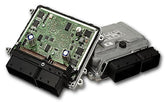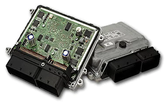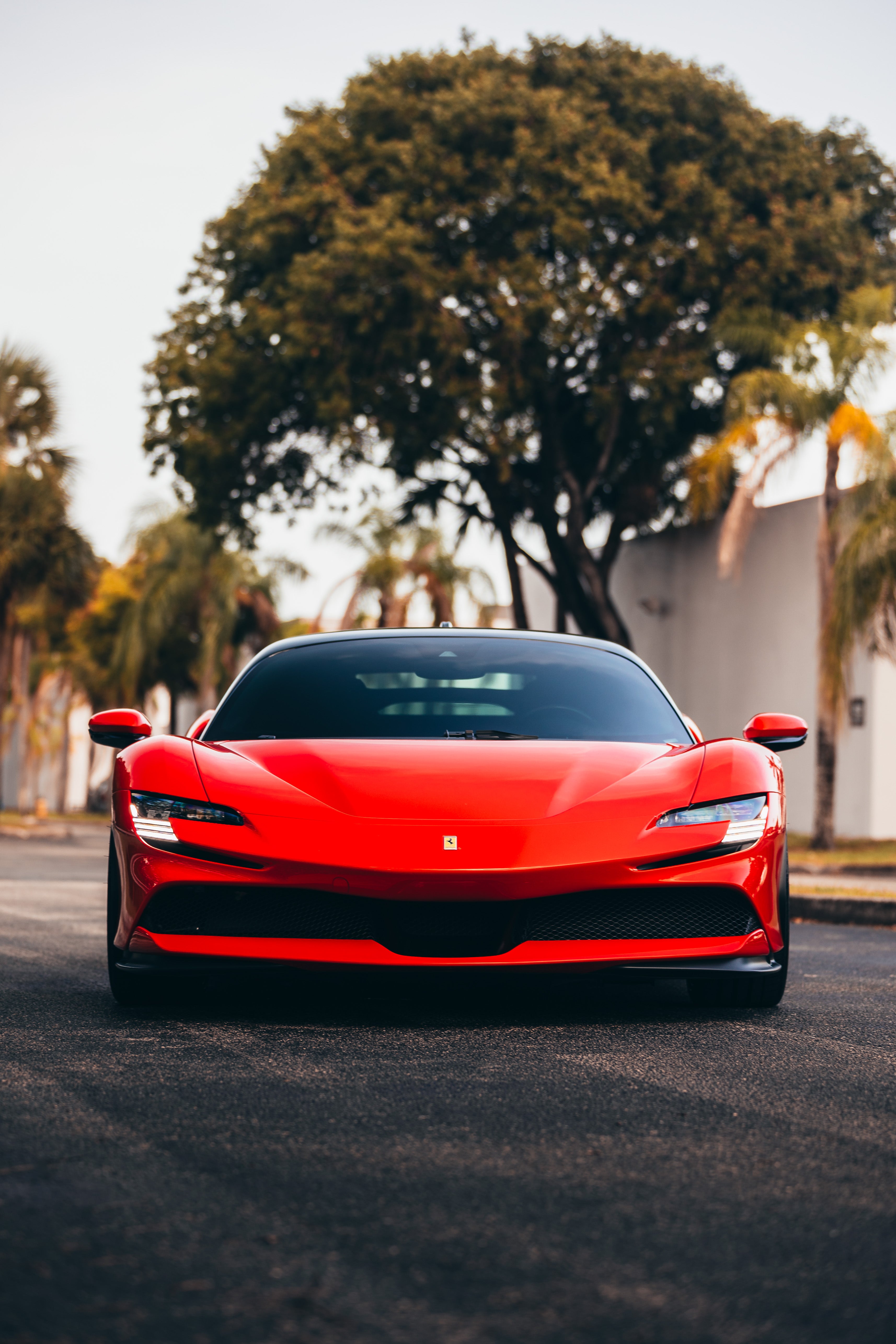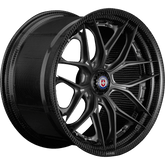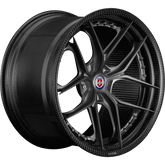Supercharger vs. Turbocharger: Which Performs Best?
What is a Forced Induction System?
An internal combustion engine uses forced induction to deliver compressed air to its intake. Gas compressors are used to increase the pressure, temperature, and density of air in a forced induction engine. Traditionally, engines without forced induction are considered naturally aspirated.
Superchargers vs Turbochargers
While Turbochargers and Superchargers differ in many ways, we should consider how they relate to today's vehicle society. Because of their reliance on forced induction, both chargers can be pushed with compressed air via compressors. In addition, this air compression allows the engine to get more oxygen, which helps it to run more efficiently as a result. Turbochargers and superchargers differ primarily in the way they generate power.
In a turbocharger, the exhaust gas from the vehicle acts as fuel; two fans rotate as part of the process: one a turbine fan and another a compressor fan. The supercharger, on the other hand, is driven directly by the engine; a belt pulley drives gears which in turn cause the compressor fan to rotate.
 |
 |
|---|
Advantages n Disadvantages of Turbochargers
AdvantagesThe turbochargers allow for an Increase in horsepower by a significant amount. As a result, power versus size is able to be significantly increased by smaller displacement engines when compared to their size. There is also the issue of fuel economy, with smaller engines using less fuel to idle and having a lower rotational and reciprocating mass. All of these things help to improve the economy of the engine. This also allows for an increase in the engine's efficiency with turbocharging because turbochargers utilize energy commonly lost by naturally-aspirated and supercharged engines, thus improving its overall efficiency.
DisadvantagesIn order for turbochargers to spool up and provide useful boost, they must be given some time to do so. Depending on the turbocharger's boost threshold, a sudden surge in power can occur, which in turn can lead to a loss of stability. In comparison to turbochargers, superchargers rarely require any lubrication from the engine as they are much cooler and do not need access to the oil supply.
Advantages n Disadvantages of Superchargers
AdvantagesSuperchargers deliver consistent power with no lag. The supercharger delivers instantaneous power since its crankshaft controls the supercharger. Any engine can be given a powerful boost by adding a supercharger. When compared to a turbocharger, superchargers produce great power at low RPM. In addition to their efficiency, superchargers increase horsepower at a reasonable cost.
DisadvantagesThe efficiency of superchargers is lower than that of turbochargers since superchargers require engine power. It is very simple to understand that superchargers deplete the engine's power in order to produce more engine power. Turbochargers, forced induction systems, and other forced induction devices often expose their engine internals to higher temperatures and pressures, which can negatively affect their longevity.
What do you need to know about choosing a charger? Supercharger or Turbocharger?
Earlier, it was mentioned that turbochargers are gaining ground on superchargers. Experts in the industry are surprised by the increasing popularity of turbochargers, and superchargers are falling behind. It is because turbocharged engines offer an all-in-1 solution for automakers seeking to satisfy increasingly stringent standards for fuel economy and emissions, at the same time as satisfying customer demands for better-performing vehicles. As part of their efforts to offer smaller gasoline engines, some manufacturers are combining turbochargers with direct fuel injection, which can save fuel without sacrificing power.

